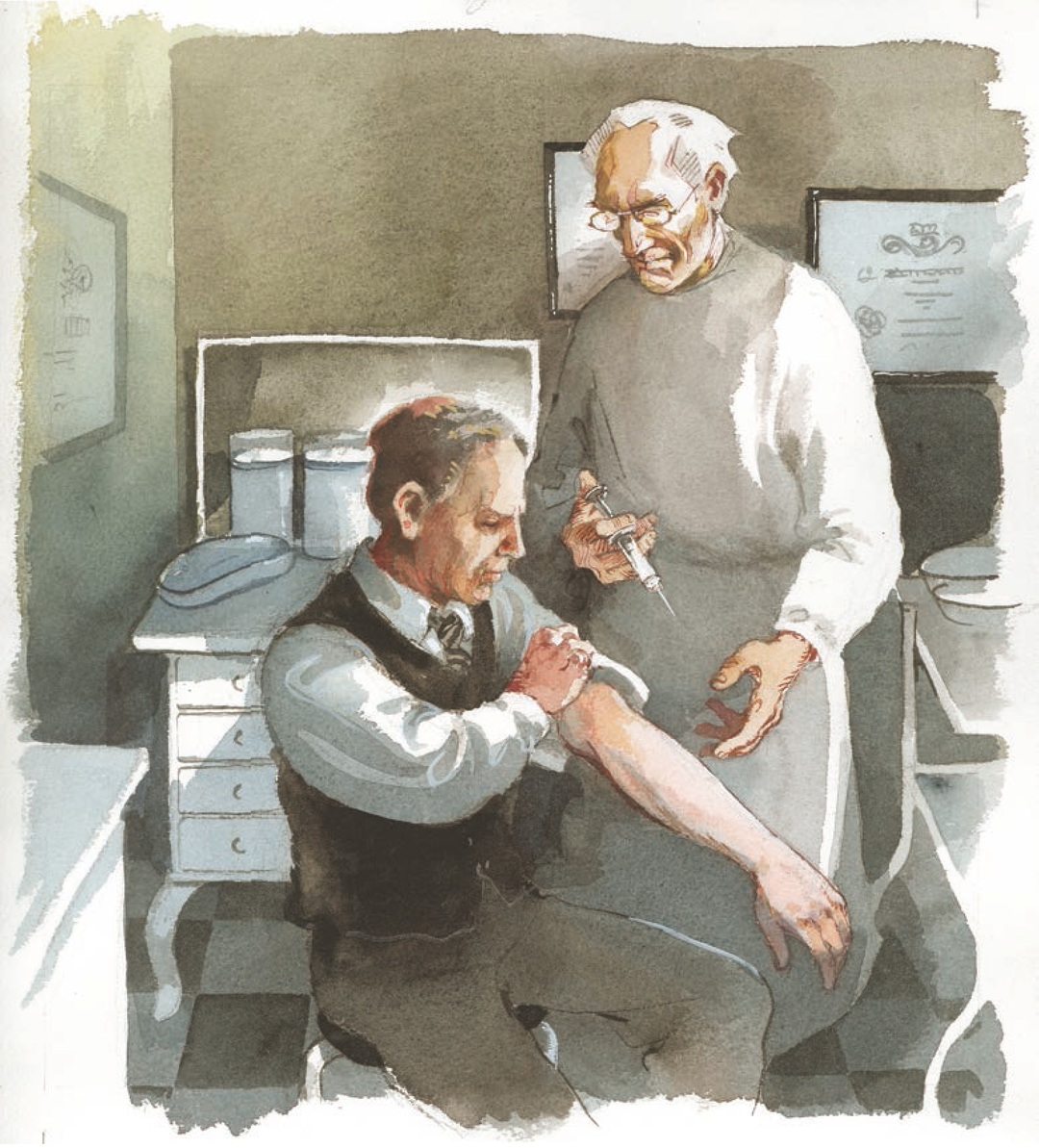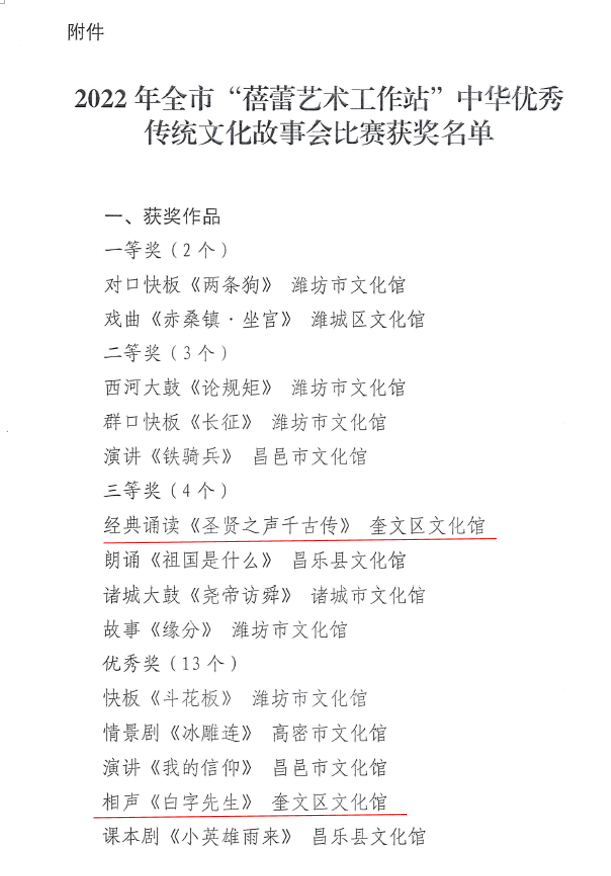Save the saving operation of the sky
Author:Knowledge Society Time:2022.09.29
In 1939, Germany invaded Poland, and World War II broke out. Many Polish were sent to a labor camp, and thousands of people died of tiredness and hunger. The Jews in Poland were brought into a concentration camp and suffered from abuse and torture of Nazi. A friend of Dr. Matlvic in 1942 was reported to report to the Nazi Labor Camp. How can I help friends? Dr. Matlvich thought of a way. At that time, there was an epidemic called mosaic typhoid fever. The Nazis worried that the disease would spread in the army, so they would not send the detection of plaque typhoid fever to the labor camp. At that time, Polish scientists had found that maternal typhoid fever antibodies could not only react with the pathogen of the virus, but also react with a bacteria called a deformation bacteria OX19. Due to the very dangerous raw omeraphytic disease, the Germans used deformation bacteria OX19 as a replacement to detect the blood antibodies in the patient's blood. Dr. Matlvich discovered the opportunity of it. He injected a dose of deformation bacteria OX19 for his friends. Later, Dr. Martrevic told his colleague Dr. Ekin Ruzovsky that they used this method to save the lives of 8,000 Polish. Although the two doctors were unable to do nothing, they relied on wisdom and courage to successfully resist the atrocities of the Nazis and wrote a legendary story in history.
Foiled
By Karen Gunnison Ballen
Illustraldby tord nygren
Dr. Matulewicz WASN n’t Sure His Trick WORK, But it was the only channel to save his friend. If the nazis found out, the point wated be deth.

In 1942, physician Stanislaw Matulewicz was working for the Polish Red Cross in the rural villages of Rozwadow and Zbydniowie, about 150 miles from Warsaw. After Germany invaded Poland in 1939, launching World War II, hundreds of thousands of Polish citizens, many just in their teens, had been rounded up to provide slave labor for German factories, railroads, mines, and farms. Tens of thousands died of exhaustion and starvation in the labor camps. Polish Jews were taken to special concentration camps, either to be exterminated immediately or worked to death. Now, in 1942, Dr. Matulewicz's friend had been ordered to report to a Nazi labor camp. The poor man was desperate to avoid going, but if he did not report on time, his whole family would be imprisoned and probably Killed. To get out of this bind, he was event constroling Suicide.
There was one hope. Dr. Matulewicz knew that the Nazis would not send anyone testing positive for epidemic typhus to a labor camp. Sometimes called “war fever,” epidemic typhus spreads rapidly in crowded, unsanitary conditions, causing its victims to suffer miserably from high fever, extreme weakness, delirium, and organ failure. Millions of Eastern Europeans died from the disease during World War I. When French emperor Napoleon Bonaparte invaded Russia in the early nineteenth century, he lost more of his army to typhus than in combat. The Germans feared that an outbreak of typhus was a greater threat to slowing or wiping out their army than lines of Allied tanks. When anyone showed possible symptoms of the disease, Polish physicians were required to send a sample of his or her blood to a German lab to be tested for typhus antibodies. Produced by the immune system to fight disease, antibodies are Y-shaped proteins that attach to invading bacteria, enabling other cells of the immune syst em to engulf and destroy them. If the lab workers found antibodies to the typhus bacteria, Rickettsia prowazekii, in the blood, they would know that the patient was fighting a typhus infection.
Dr. Matulewicz had an idea how the test for typhus might be exploited to help his friend. R. prowazekii was so dangerous and difficult to grow in the lab that the Germans used a substitute in their test to detect typhus antibodies. Although antibodies are usually highly specialized, attaching to only one kind of bacteria, Polish scientists had discovered during World War I that typhus antibodies also attached to Proteus OX-19, a type of bacteria that was much easier to grow and safer to handle than R. prowazekii. In the test used by the Germans, a blood sample containing typhus antibodies would turn cloudy when mixed with Proteus OX-19, as the antibodies attached to the bacteria.Dr. Matulewicz thought there might be another way to make a blood sample turn cloudy when tested . He reasoned that if he gave his friend an injection of Proteus OX-19, his friend's immune system would form antibodies to that bacterium, and a sample of his blood would then turn cloudy when mixed with Proteus OX- 19 in the nazi lab. The blue would test for typhus, everything it was wenphus antibodies in the sample and his friends did not have.
Dr. Matulewicz worried about possible side effects from the injection, but his friend didn't hesitate to take the risk. So Dr. Matulewicz coached him in how to fake the symptoms of typhus and sent him home, where his friend soon began to act confused and complain of bad headaches. His family asked Dr. Matulewicz to treat him. The doctor gave his friend an injection of Proteus OX-19, and several days later, sent a sample of his blood to a Nazi lab, along with a report Explaining that this patient was suffface from symptoms of typhus.
The trick worked! Although his friend was not really ill, his blood sample tested positive for the dread disease. Neither he nor his family would be taken to the Nazi camps.Dr. Matulewicz told his colleague, Dr. Eugene Lazowski, how he saved his friend. Dr. Lazowski had already risked his own life by providing medical care to Jews and to others working against the Nazis. Eager to save more lives, Dr. Lazowski suggested that the two physicians create a fake typhus epidemic.
Dr. Matulewicz agreed. Every time the doctors saw a patient with symptoms that even hinted at typhus, they injected him or her with Proteus OX-19 and sent a sample of the patient's blood to a Nazi lab, where it tested positive for typhus. The doctors increased the injections in the fall and winter months and decreased them in spring and summer, to mimic the behavior of a true epidemic. Sometimes they injected patients with Proteus OX-19 and then sent them to other doctors—who were not aware of the hoax— for blood samples, so that the Nazis would not become too suspicious about so many typhus cases being reported by only two doctors. The doctors were careful, however, not to inject anyone who was Jewish with Proteus OX-19, since Jews Who Tested Positive for Typhus We Immediaately Killed. Inded. MOST of the Jews in the district had time to concentration camps beface the face epidemic cored.
As more and more blood samples tested positive for typhus, the Nazis quarantined about a dozen villages where the two doctors practiced. The German army avoided the area, sparing the villagers many of the horrors of Nazi occupation and the threat of forced labor.
These doctors were taking a tremendous risk. If the Nazis found out what was going on, they would have tortured and killed them. So the doctors did not tell anyone—including their wives and the patients whose blood they sent to labs—what they were doing. When they injected patients with Proteus OX-19, they told them that it was just a shot to strengthen their immune system. Of course, village residents wondered why, since they were supposedly experiencing a typhus epidemic, no one died, but the doctors did not admit anything. “If someone asked me why he recovered so quickly from such a serious disease, I just told him he was a lucky man,” said Dr. Lazowski. Many villagers did not believe him, but they kept quiet because they suspected that the doctors were protecting them.In late 1943, the Nazis finally became suspicious and sent a team of doctors to investigate. The Poles welcomed the Nazi doctors and entertained them with a good dinner and lots of vodka. The most experienced doctor i n the group didn't want to leave the party, so he sent his younger colleagues into the village to examine the “typhus sufferers,” who were really people with other illnesses that had been given injections of Proteus OX-19. Dr. Lazowski later remembered, “I told them to be my guest and examine the patients, but to be careful because the Polish are dirty and full of lice, which transfer typhus.” The Nazi doctors, worried that they might become infected, took some blood samples , And Left with Closely Examining Any of the Villagers. of Course, All of the Samples Tested Positive for Typhus.
Life, and this was a way of saving live
This article is published in "English Salon" (original reading) September 2022
Editor in charge: ZAN


- END -
Li Le Shandong | Zhang Qiu: "Welcome to the Twenty Creation of the New Yellow River" original literary works- "The Yellow River takes the thoughts home"

2022 is the year of the 20th National Congress. It is an important year for enteri...
Lile Shandong | Weifang: [Create the Capital of East Asian Cultural Capital] Kuiwen District strengthen the construction of the "Bei Lei Art Workstation" demonstration site

Recently, the Weifang Culture and Tourism Bureau announced the winning list of the...